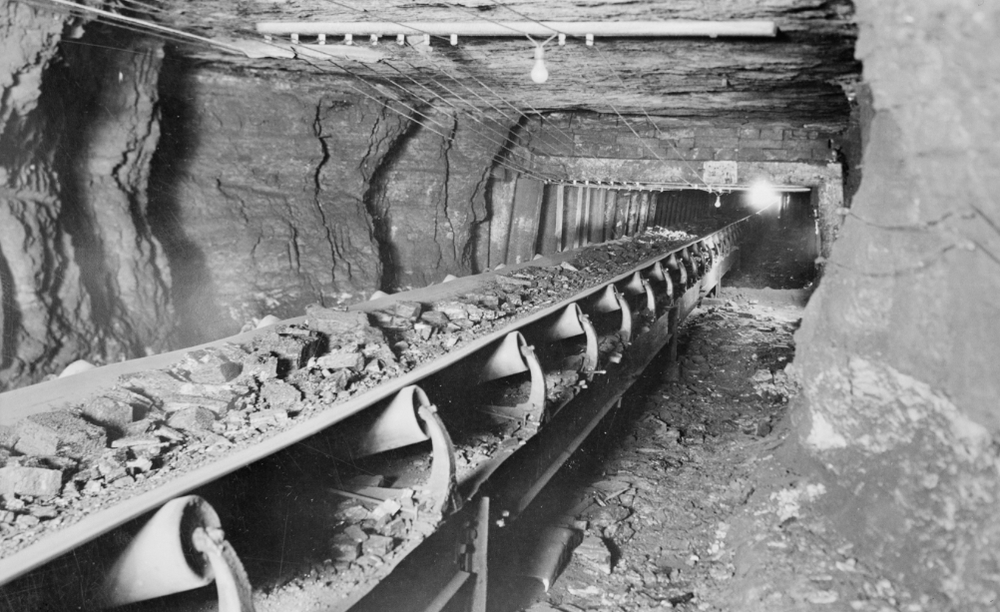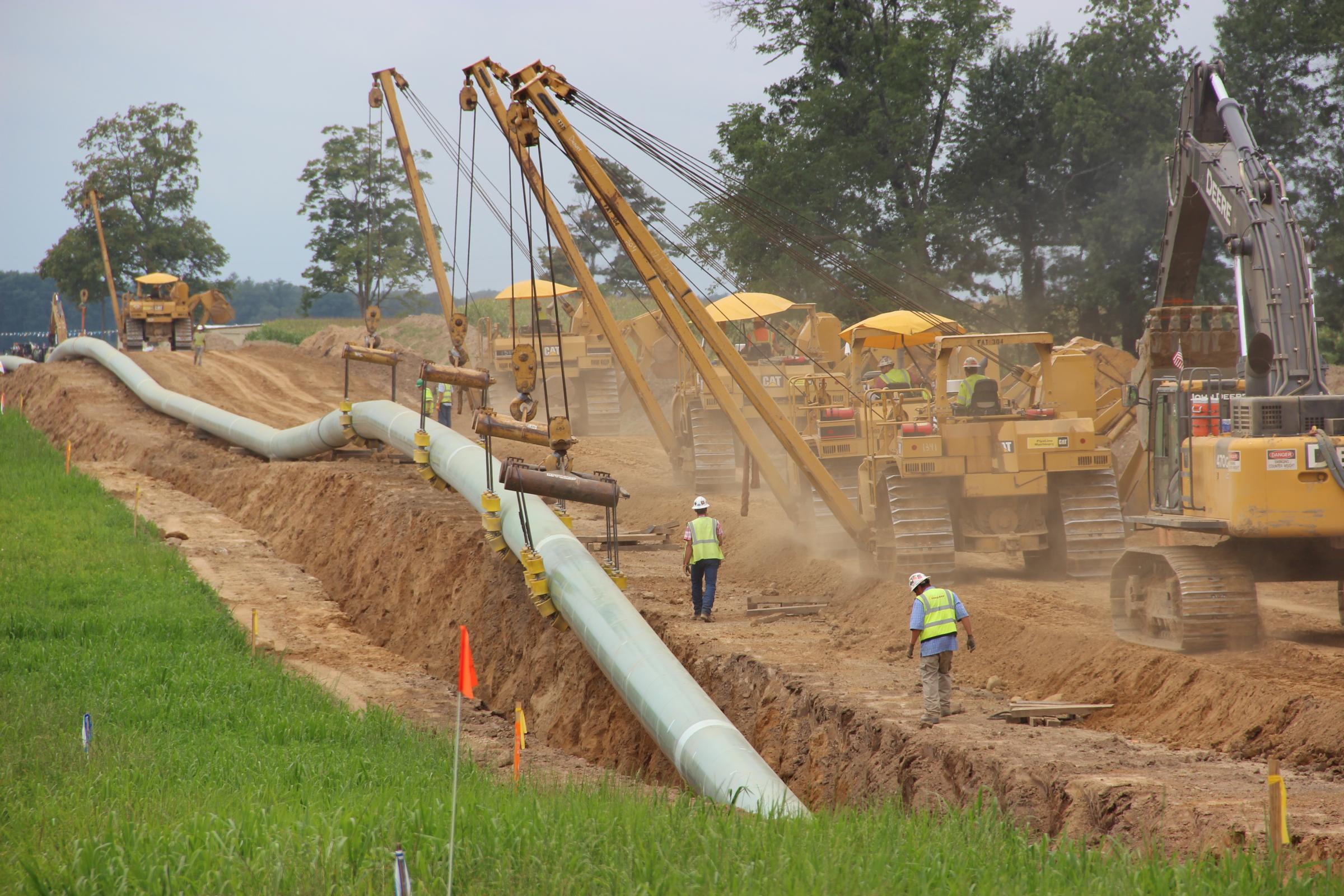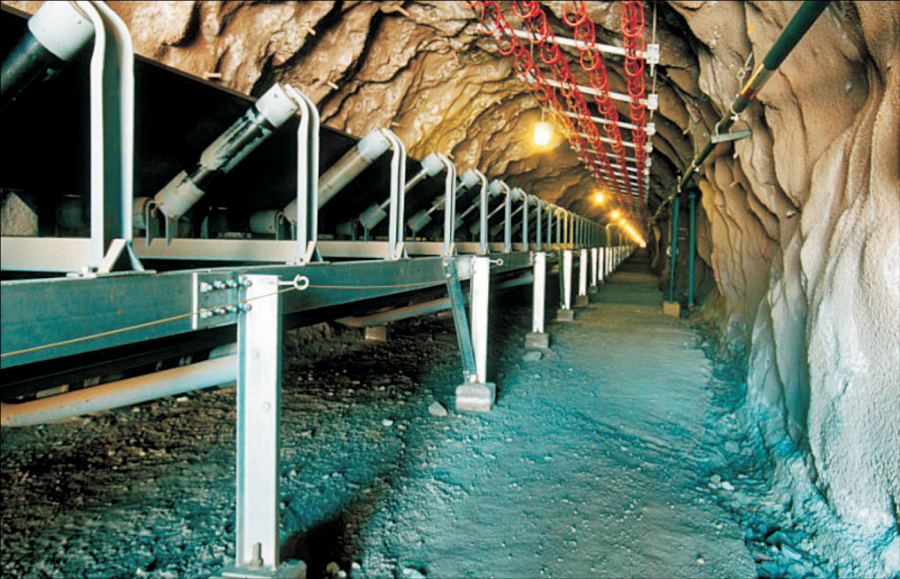TL;DR
Improved belts and pipes which reflect the increased capabilities of modern versions of these tools.What ?
The underground conveyor belts and pipes in Factorio are similar to those used in the early 1900s. Older machinery and pipes were limited by things like "gas vents," "maintenance tunnels," "fuel/grease lines," and a host of other situations which prevented these tools from being used underground effectively. While many of these same things are required on modern machinery, they tend to be automated. With enough sensors and automatic repair machines they also don't require engineers patrolling for breakdowns and leaks. What need is there for service access?So let's compare yesterday with today!


---


Basic Information:
- Modern underground pipes and belts will be activated by a pair of late-game technologies.
- Modern pipes and belts will be planned using the logistics planner similar to placing rails, with the exception that modern underground pipes and belts may only be placed with construction bots. What, did you want to dig all that yourself?

- The first placement puts a "tap" on both ends (a pipe to ground or belt to ground) and then moves the tap according to where further logistics plans are made.
- Removing the tap manually will still allow you to extend the underground pipe or belt.
- Once all taps on the modern pipe or belt structure are removed, construction bots will treat the entire underground structure as being in "deconstruct" mode.
- Replacing old-era pipes and belts will occur automatically if their old-era counterparts are connected and on the same axis.
- When auto-replace occurs, perpendicular old-era pipes will be treated like a "tap," while perpendicular belts will be ignored. If curved sections are implemented then replacing old-era structures with curved sections could get complex.
- Length is almost unlimited! Throughput loss is minuscule in modern high-pressure pipes. However, taking advantage of this feature will require a high-pressure pump, which does not work if the preceding pipe runs out of fluid or gas. In this situation the modern pipe will revert back to how your old-era pipes currently function.
- Mousing over the underground structure will provide a small "sonar view." Highlighting any aboveground "taps" on the structure will highlight the entire structure. Now go try finding the other end of the modern underground pipe you forgot to connect earlier!

- Pipe taps can be made of old era pipes only if the modern pipe is not highly pressurized. If an old-era pipe receives high-pressure fluid or gas, the old-era pipe nearest to the pressurized pipe will be destroyed with an explosion.
- You get a fiery explosion if you overpressure oil and a life-extinguishing explosion if you overpressure sulfuric acid. Other combinations might be possible.
- When two modern underground belts intersect, the belt placed first will remain straight while the belt placed second will dump its cargo onto the first. If this belt is extended past the belt it intersects then the remainder will turn into a third belt that simply does not carry any cargo. However, its direction can be manually changed independent of the second belt.
- Old-era above ground belts cannot interact with a modern underground belt unless a second modern underground belt is built perpendicular. This would create an intersection of modern underground belts and a single tap off to the side, allowing you to dump things from the old-era belt onto the modern belt. Old-era underground belts will not work when they intersect with modern underground belts; they simply cannot function without an above-ground motor on either end.
- Modern underground parts will be produced 20 at a time using at least 50 steel and 4 coal. Other parts will depend on the recipe and preference.
- The assembler will be using a custom carburization and sintering process via 900C°+ heat pipes from nuclear power. Mild steel is not desirable for high-wear applications! Luckily these carburizing and sintering processes do not require the same high temperatures as smelting steel. However, the assembler lacks the built-in heating capabilities of a furnace, thus it requires a heat pipe input. (Incidentally, ~850-950C is approximately the temperature of actual carburizing, ~950C is approximately the lower limit of actual steel sintering, and ~1000C is approximately the temperature of an actual high-temperature nuclear reactor. Funny how that works out.)
Why?
Simply because trains work best for long distances while belts and pipes work best for short distances. There is no "middle ground" except to lay underground pipes with nodules sticking up everywhere or a long span of belts across the landscape. All three of these options can make the affected terrain annoying to navigate. As an added bonus, a long-length underground belt or pipe can patch up even the worst of spaghetti messes or make for some very intuitive and compact designs.Finally, even if you plan things out, sometimes the plans don't work as intended. Ex: I mistakenly placed four work areas too close together, then wanted to move the ore inputs to the top end of the base. Though it looks passable now, the image below is only after two hours of moving things around. If I'd had better underground belts, I'd avoid the mess and just route the ores under the furnaces. Also, those oil pipes are a pain to walk through no matter what I do. My next oil refinery will be near a large body of water, where I never walk...




